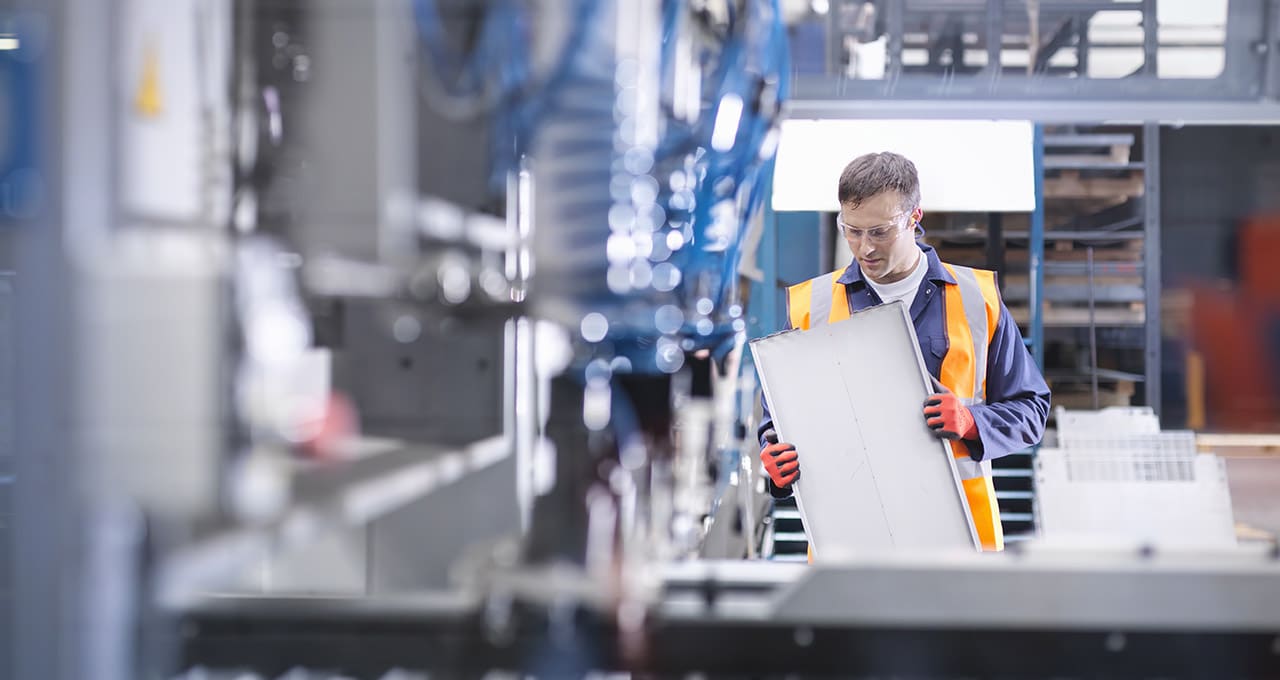The development of new materials has always involved a great many years of research. Now, American scientists are using artificial intelligence to “invent” metallic glasses 200 times faster.

The discovery of cement in the early 19th century revolutionised the building and civil works sectors. The resulting industrial, technical, and economic impact was considerable. This great innovation was preceded by centuries of intuitive “tinkering” and experimenting with combinations of limestone and clay, the basic components of cement. Until relatively recently, it took artisans and engineers many years to discover alloys and composite materials that would open up new opportunities for industry. Artificial intelligence (AI) is changing all that.
By using algorithms, a team of American scientists recently developed three new types of metallic glass 200 times faster than the normal time needed to achieve such an outcome. This spectacular acceleration in the development of new metallic glasses is likely to disrupt new industrial sectors such as spacecraft and smart phones, in which there is high demand for materials that are lighter and stronger than steel.
Thanks to AI, by using constantly growing databases, the number of tests on compounds can be multiplied virtually
To make metallic glass, explains an article published in the specialist journal Science Advances by a team from Chicago’s Northwestern University, which worked with Stanford University’s SLAC National Accelerator Laboratory and the National Institute of Standards and Technology, millions of compounds are possible, and until now only a few thousand have been tested in the lab. And just a handful of alloys are being applied in industry. Thanks to AI, by using constantly growing databases, says Chris Wolverton from Northwestern University, the number of tests on compounds can be multiplied virtually.
Machine learning and data mining
The team of scientists started by inputting into computers the properties of existing materials: solidity; weight; reaction to heat, cold, stretching, and compression; elasticity; compatibility with other materials and so on. It then wrote a programme designed both to analyse the properties of the alloys entered into the database and to virtually run the experiments on compounds that engineers would have performed “physically” in their test labs.
A machine learning process takes place whereby the computer examines the outcomes of its own theoretical experiments, learns from them and feeds this data back into its programme. At the end of this process, the algorithm selected a limited number of possible combinations to create new materials. It was then up to the engineers to produce the compounds suggested by AI in the lab with a view to testing and validating them.
To populate their database, Northwestern University teams mined data from published papers about the different types of metallic glasses. They are not alone in doing this. The renowned MIT in Boston is working along the same lines. It has developed an algorithm capable of scanning scientific publications to retrieve paragraphs containing instructions for making the new material referred to in a given article. These “recipes” are incredibly valuable, scientists stress, in the sense that they populate the algorithm for creating a new composite which can be applied in all areas, not just metallic glasses. And it’s possible to go faster still by fully automating the process, says Chris Wolverton in The Verge magazine… using robots for the manual experiment stage of “recipes” in the lab.
17/01/2019


